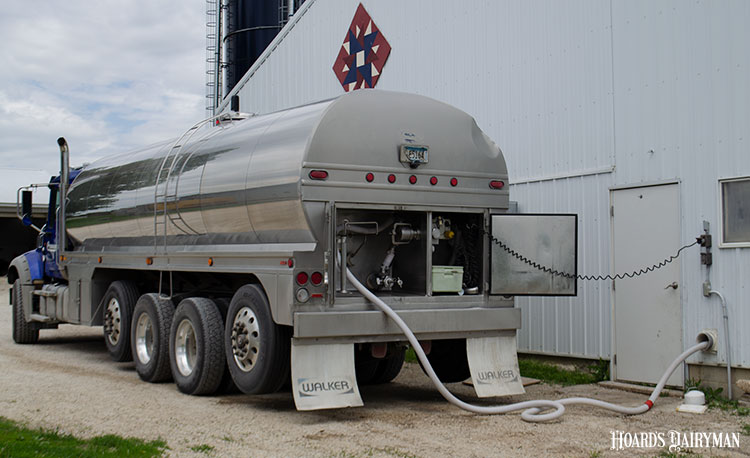
“We haven’t had many major changes to the federal orders since 2000,” shared Jim Mulhern with those attending the 24th annual meeting of Dairy Farmers of America (DFA) on March 23. “This program is so important to the producer community. Notwithstanding the challenges wrought by the pandemic, it has worked well for many years,” continued the president and CEO of the National Milk Producers Federation (NMPF), which represents the bulk of the nation’s dairy cooperatives.
“The question is, ‘How do we update it? Because the industry changes over time.’ We are not the same industry we were 20 years ago. But these provisions are fairly static,” the 35-year veteran agriculture and food policy analyst went on to explain.
“We are taking a comprehensive look at the program through our (NMPF) Economic Policy Committee, and a task force of federal order experts from our member co-ops around the country,” explained Mulhern.
The pressing issues
“We are taking an in-depth examination of the issues involving Class I, Class II, Class III, and Class IV milk. We have working groups evaluating all of those areas,” he said, doubling down on the monumental task at hand.
“The goal is to have a proposal for a national federal order hearing that we can move forward to the board and delegates (of NMPF) and vote on it,” he said of plans for this fall’s annual meeting scheduled to take place from October 24 to 26, 2022, in Aurora, Colo. “Then, we would put together a proposal and bring that to USDA for a national federal order hearing.
“Again, our goal to is make updates, to make improvements, and modernize the program. This work is well under way,” concluded Mulhern who acknowledged that co-operatives would work together with the greater dairy industry to bring a plan forward.
However, at the end of the day, he reminded the audience that the federal order program is a producer program and producers are the only group that can vote on changes to the orders.
A take from processors
Earlier this year, Michael Dykes, president and CEO of the International Dairy Foods Association (IDFA), shared thoughts on federal milk marketing order reform.
“Our industry will align around a pricing model,” predicted Dykes this January. “I firmly believe that. I think our industry is coming together. We need a system that works for both farmers and processors, otherwise we don’t have a supply chain.”
“We will take whatever we can get consensus on at the IDFA Economic Policy Committee, and we will take that forward to our leadership for review and approval.
“I think in this area, we’ve been afforded an opportunity that we’ve never had in dairy. This is a quote from USDA Secretary Vilsack,” said Dykes, pointing to the screen quoting a December Hoard’s Dairyman Intel article.
“He’s saying, ‘Industry, get your heads together, think through the process, and come to me collectively with what you think is in the best interest of the dairy industry, and I’ll move it forward. If you guys can’t decide what’s good for your industry, don’t expect me to decide what’s good for your industry.’
“So, I think we have a tremendous opportunity ahead of us. If we can align on this, I think the U.S. can become, will become, the world’s dominant dairy supplier,” predicted Dykes in late January.
A look at costs
One area that may be an area of focus is make allowances. In an April 10, 2022, article “Why make allowances matter,” Mark Stephenson dug deeper into the issue. The economist’s net finding was that lower premiums and depooling are symptoms that make allowances need further review.
Looking long term
“Along with our own efforts, we’re engaging in dialogue with other relevant parties, as well,” stated Mulhern. “I’m in communication with Michael Dykes, my counterpart at IDFA, which also has a group working on some of these same issues. A number of our member cooperatives are also members of IDFA, which should help facilitate consensus development.
“If we can keep the spirit of collaboration I have seen so far going throughout this process, I’m confident that we’ll have a national federal order proposal that reflects the consensus of our membership and the needs of dairy producers across the country,” Mulhern explained further. “This may be a multi-year process when all is said and done, but there is a reason we don’t have national federal order hearings very often. It’s tough to develop consensus on issues that require give-and-take across each region of the country.”








